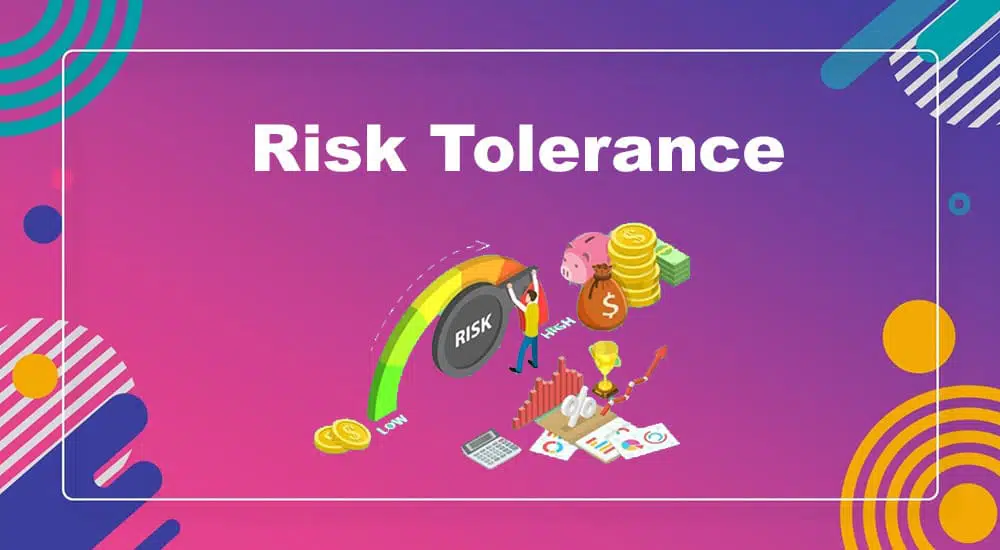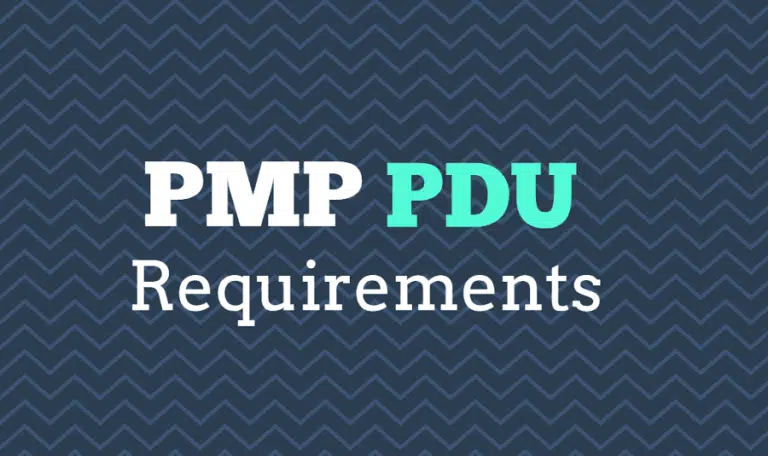Definition: Risk tolerance defines how much risk an individual or organization can withstand. It is the range of specified results. A high tolerance means the organization is willing to take greater risks, and low tolerance means they are unwilling to take high risks.
Risk tolerance shows the risk attitude of stakeholders in measurable units. It indicates how sensitive stakeholders and organizations are toward risks.
Risk tolerance is dynamic and changes over time, and the project manager must keep monitoring it and how it may influence stakeholders. It is a key part of project risk management and helps prioritize and get resources to manage risks.
Factors Affecting Risk Tolerance
Three key stakeholders affect the risk tolerance for a project. These stakeholders are the organization, the project manager, and the project owner or client.
Risk assessment and perception are subjective matters. Mostly, these stakeholders have different opinions about any risk.
The organization’s risk tolerance depends on its financial conditions and the effect of the risk on customer satisfaction. A financially stable organization can have a high-risk tolerance.
The risk tolerance of the project manager and project management team depends on the organizational culture and their job security. However, generally, these groups are risk-averse.
The project owners’ risk tolerance depends on the importance of the project. If the project is critical to the organization’s success, the client will have a high-risk tolerance; otherwise, the tolerance will be low.
If the project is internal to the organization and is critical to achieving organizational goals, the organization can take risks. In this case, the organization’s tolerance will be high.
However, the organization may not want to take chances for unimportant projects.
Type of Risk Tolerance
Risk tolerance level can be of three types:
- Aggressive Risk Tolerance: These stakeholders have a high tolerance and will take risks for high rewards.
- Moderate Risk Tolerance: These stakeholders are interested in rewards but do not like more risks. They will weigh the risk with the reward and adopt a balanced approach.
- Conservative Risk Tolerance: These stakeholders have a low tolerance and do not take risks unless it is low and the reward is high. They do not want to lose investment at any cost.
Risk Tolerance Example
A project manager is bidding for a contract whose budget is 1,000,000 USD. The management agreed but instructed they could not go over 5% of this amount.
This 5% is the risk tolerance limit of the organization.
Risk Tolerance Vs Risk Capacity
Risk tolerance is the risk you are willing to accept. While risk capacity shows how much you can financially receive.
Risk tolerance depends on your mental capability, emotion, and financial goal, while risk capacity depends on your financial position and net worth.
Risk tolerance is subjective to the person taking the risk, while risk capacity is an objective parameter based on income, expenses, and assets.
Summary
A well-documented risk tolerance helps organizations be more informed and confident in taking appropriate risks that align with the organization’s strategic objectives. Furthermore, it allows them to allocate efficient, risk-adjusted resource distribution.
NB: This topic is important from a PMP and PMI-RMP exam point of view.

I am Mohammad Fahad Usmani, B.E. PMP, PMI-RMP. I have been blogging on project management topics since 2011. To date, thousands of professionals have passed the PMP exam using my resources.







